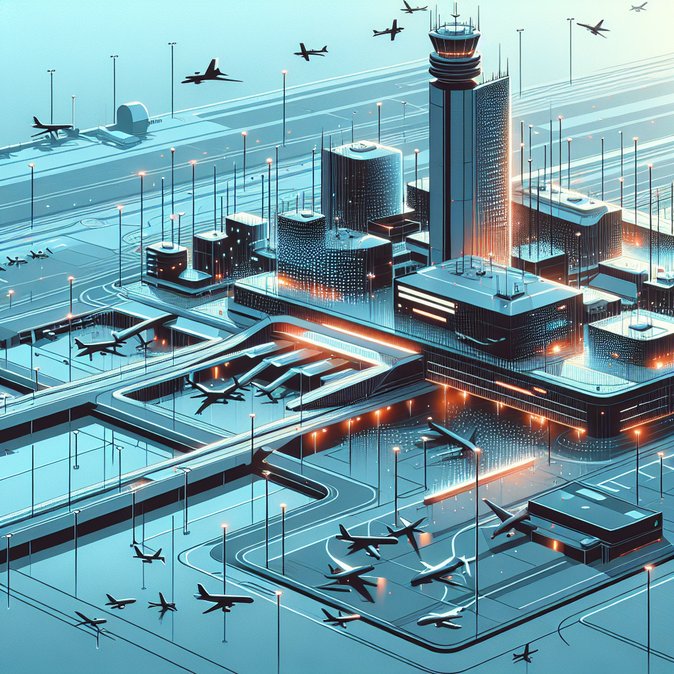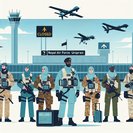
Belgium’s federal Counter-UAS team, created in 2021 and comprising 30 certified officers, was never called into action during the 4 November shutdown of Brussels Airport or subsequent drone sightings at Liège, local media revealed on 10 November.
Internal police sources told Het Nieuwsblad that the unit possesses two detection antennas, four jammers and three net-launchers but ‘received no operational request’ from airport authorities. By the time command realised the oversight, the drones had already left Belgian airspace.
![Belgian Anti-Drone Unit Criticised for Inaction During Airspace Breaches]()
The revelation has triggered political finger-pointing. Defence Minister Theo Francken stressed that airports are “civil infrastructure” and therefore a police responsibility, while police unions blame fragmented command lines for the lapse. Opposition MPs are demanding an audit of Belgium’s air-security chain of command.
From a mobility perspective, the episode underscores the importance of clear escalation protocols. Corporate security managers should verify that their travel-risk providers monitor Belgian Civil Aviation Authority alerts, not just federal-police channels, to avoid information gaps.
Industry groups are calling for a single national air-security centre to integrate radar, intelligence and law-enforcement resources—an initiative that, if adopted, could ultimately streamline crisis-communication flows to airlines, ground-handlers and multinational employers.
Internal police sources told Het Nieuwsblad that the unit possesses two detection antennas, four jammers and three net-launchers but ‘received no operational request’ from airport authorities. By the time command realised the oversight, the drones had already left Belgian airspace.

The revelation has triggered political finger-pointing. Defence Minister Theo Francken stressed that airports are “civil infrastructure” and therefore a police responsibility, while police unions blame fragmented command lines for the lapse. Opposition MPs are demanding an audit of Belgium’s air-security chain of command.
From a mobility perspective, the episode underscores the importance of clear escalation protocols. Corporate security managers should verify that their travel-risk providers monitor Belgian Civil Aviation Authority alerts, not just federal-police channels, to avoid information gaps.
Industry groups are calling for a single national air-security centre to integrate radar, intelligence and law-enforcement resources—an initiative that, if adopted, could ultimately streamline crisis-communication flows to airlines, ground-handlers and multinational employers.







